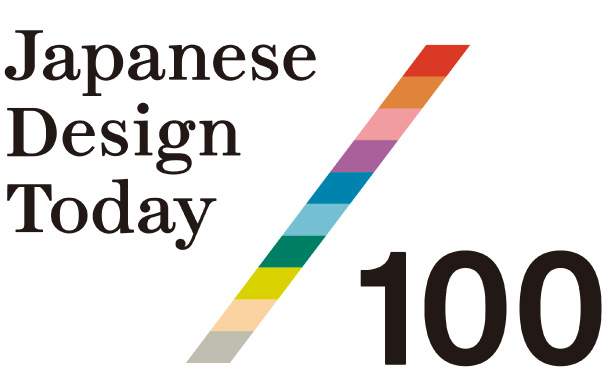“Japanese Design Today” is an exhibition held at theJapanese Cultural Institute in Rome until May 19, 2018. The purpose of the exhibition, divided into 10 sections, is to illustrate the economic, social and aesthetic history of the country of the rising sun.
A selection of one hundred pieces, including domestic design/electrical appliances and classics produced from the 1950s onward, witness to the aesthetic, economic and social trends of a Japan that expresses itself in a multifaceted way, as long as it is under the banner of an everyday life that is both beautiful to look at and technologically impeccable. From the legendary Kikkoman soy sauce bottle, to the Nikon F, to exoskeletons, cars and airplanes.
The ten sections of the exhibition are: Classic Japanese Design/Furniture and Home/Table and Kitchen/Clothing and Accessories/Childhood/Childcare/Leisure/Sanitary/First Aid/Transportation.
Curator Hiroshi Kashiwagi explains, “In 2013, Mount Fuji is registered as a World Heritage Site and Japanese cuisine is designated an Intangible Cultural Property. As a result, many people have been able to get a glimpse of Mt. Fuji and Japanese cuisine. It seems to me, however, that design can be an even more effective vehicle for getting information about the diversity of life and culture in contemporary Japan. There is a sea of observable aspects in the production of a design, the technology that makes it possible, its function, the structure that can make it applicable, and the taste of the users as to material, form, and color. There are countless possibilities for solving problems related to the use of a product. Even an object as simple as a bottle opener or a clip can be conceived and designed in a thousand different ways. The function of some of the objects displayed in Japanese Design Today/100 may not be immediately recognizable because of the innovative line designed in response to the problem posed. Some industrial designs follow recent globalist trends, others pursue Japanese tradition, and others reflect the taste of the masses-the greater or lesser complexity is dictated by the culture of those who produce and use. When we are traveling, we look at buildings, objects in shop windows, the clothes worn by people; everything was designed by someone, everything can give us information about the local culture.”
Noriko Kawakami, another curator of the exhibition, identified as the hallmark of Japanese design “the perfect blend of craft spirit and contemporary design, assisted by an industry that often serves tradition and craftsmanship.”
 |
| Contemporary Japanese design is on display in Rome until May 19 |
Warning: the translation into English of the original Italian article was created using automatic tools. We undertake to review all articles, but we do not guarantee the total absence of inaccuracies in the translation due to the program. You can find the original by clicking on the ITA button. If you find any mistake,please contact us.